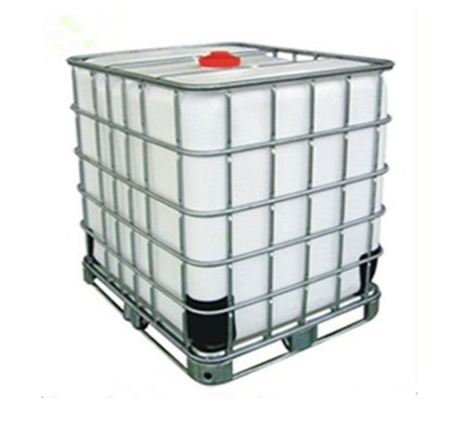Food Grade Cellulase Enzyme
Introduction
Cellulase (liquid) is produced by submerged fermentation of Trichoderma reesei followed by purification and formulation. This product works efficiently within a wide temperature range (40℃-80℃) and pH range (pH 4.5-6.0). It is broadly used in animal feed, distilling, textile, plant extract, food, and more.
Mechanism
Cellulose is a glucose polymer linked with β-1,4-glycosidic bonds. The cellulase system consists of three major components: endoglucanase (endo-1,4-β-D-glucanase or EG), cellobiohydrolases (exo-1,4-β-D-glucanases, or CX, or CBH), and β-glucosidases (1,4-β-D-glucosidase; BG; BGL). As illustrated in the diagram below, these activities work synergistically on cellulose and efficiently convert cellulose into glucose.

Characteristics
| Declared Activity | 200,000 u/g |
| Physical Form | Liquid |
| Color | Light yellow to brownish yellow. Color may vary from batch to batch. Color intensity is not an indication of enzyme activity. |
| Odour | Normal microbial fermentation odour. |
Application
- Feed: Reduces the viscosity of feed in the animal’s digestive tract by degrading cellulose, disintegrates feed to increase infusion of digestive enzymes, breaks down cell structure to release nutrients, and liberates oligosaccharides good for beneficial bacteria in the digestive tract. Overall, the product improves the biological value of feed, contributes to the welfare of animals, and ultimately brings benefits to farmers.
- Textile: Used for fiber refining, bio-polishing, finishing, and dyeing in the textile industry, with benefits of a nice finish, less weight loss, more softness, higher strength of fabric, easier and faster dyeing, and prevention of fuzz.
- Brewing and Wine: Promotes the release of starch, improves extraction yield, helps to reduce the viscosity of wort, and finally brings economic benefits.
- Food, Plant Extract, etc.: Improves the texture and nutritional value of food, eases plant extraction, and increases extraction yield of targeted components.
Dosage: The recommended dosage is 0.1-3 kg/t DS. The dosage has to be optimized based on each application, the raw material specifications, product expectation, and processing parameters. It is better to begin the test with a convenient volume.
Package: 1 kg / bag
Storage: Keep sealed in a dry and cool place and avoid direct sunlight.
Shelf Life: 12 months in a dry and cool place.
Safety
Enzyme preparations are proteins that may induce sensitization and cause allergic-type symptoms in susceptible individuals. Prolonged contact may cause minor irritation to skin, eyes, or nasal mucosa. Any direct contact with the human body should be avoided. If irritation or allergic response for skin or eyes develops, please consult a doctor.




